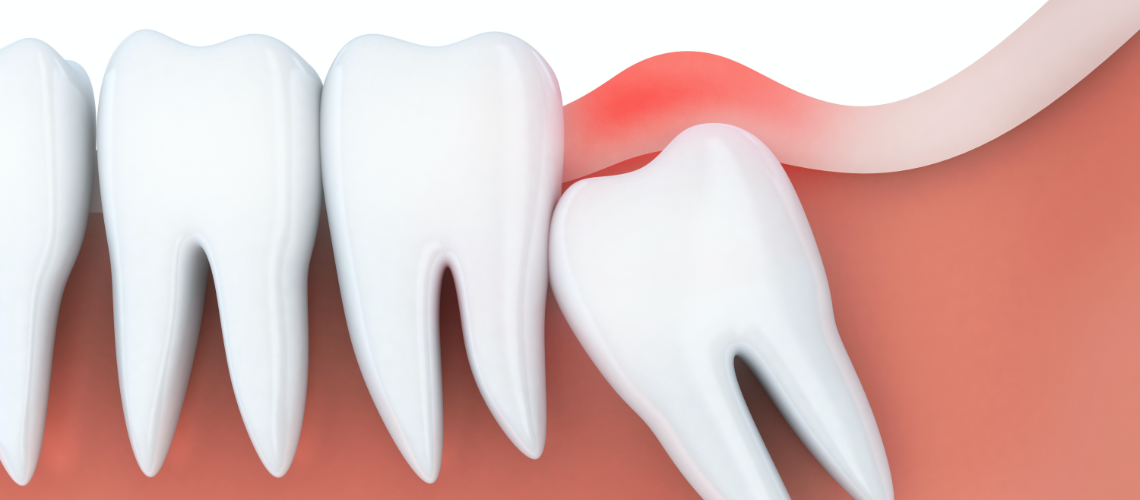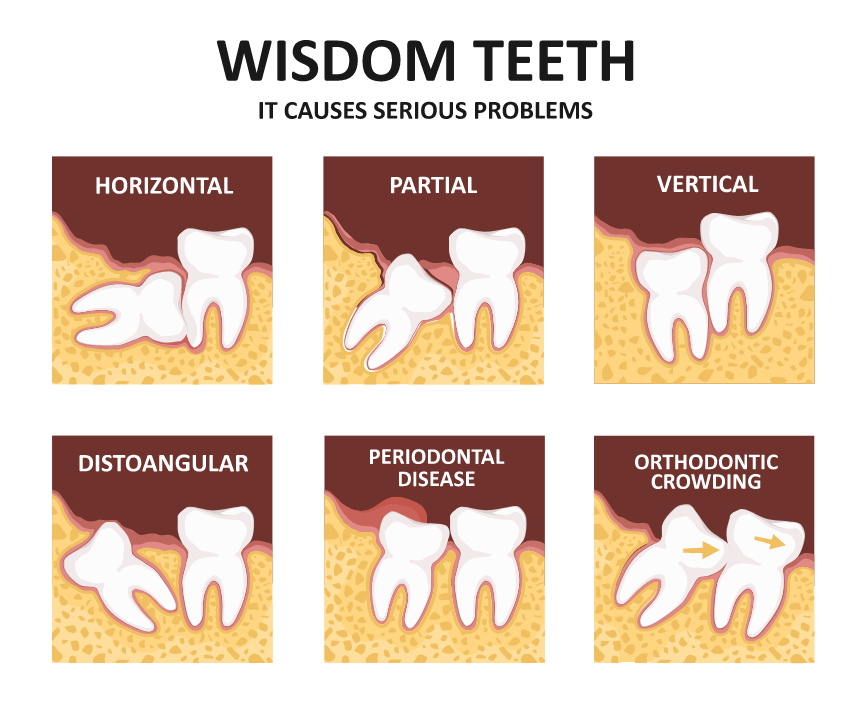
Oral & Maxillofacial Surgery
Oral & Maxillofacial Surgeons are specialists with advanced training and expertise in the diagnosis and treatment of various head and neck conditions and injuries. After four years of dental school, an Oral & Maxillofacial Surgeon completes four to six years of additional formal training in treating the craniomaxillofacial complex. This specialty is one of 9 dental specialties recognized internationally and by the American Dental Association (ADA).
An Oral Maxillofacial Surgeon can diagnose and treat a wide variety conditions. The following are just some of the many conditions, treatments and procedures oral and maxillofacial surgeon deal with on a daily basis:
TMJ, Facial Pain, & Facial Reconstruction
Dental Implants
Tooth Extractions & Impacted Teeth
Wisdom Teeth
Misaligned Jaws
Cleft Lip & Palate
Apicoectomy
Oral Cancers , Tumors, Cysts, & Biopsies
Sleep Apnea
Facial Cosmetic Surgery
Whether your dentist refers you to our office, you have pain or symptoms causing you concern, or you simply have questions you would like answered, please contact our office today to schedule an appointment. We are here to answer your questions and provide the treatment you deserve!

If you are experiencing extreme sensitivity or are suffering from advanced periodontal disease, you may be required to have a tooth extracted. With a simple extraction, the dentist can safely remove the affected tooth without the need for major surgery.
Reasons for a tooth extraction
There are numerous situations in which a simple extraction can help alleviate pain or prepare you for another cosmetic or restorative procedure. Some common reasons for extraction include:
- Advanced periodontal disease that has loosened the tooth roots
- Extra teeth or baby teeth that impede adult teeth
- Preparing a patient for orthodontic treatment
- Removing a fractured or malformed tooth
- Severe tooth decay which cannot be remedied with root canal therapy
How is a tooth extracted?
As a precaution, the dentist will first take X-rays of the tooth or teeth in question, to help plan the procedure. After preparing a method of extraction, you will be given a local anesthetic that will prevent you from feeling pain during the procedure. Next, the dentist will use a tool called an elevator to lift the tooth and loosen ligaments and gum tissue around the base of the tooth. Finally, the dentist will use a pair of forceps, to gently rock the tooth back and forth until it breaks free of the ligaments holding it in the gum tissue. Occasionally, a stubborn tooth will resist the dentist’s soft tug, refusing to come out. In these and more complex cases, the tooth may need to be broken up into smaller pieces for removal.
Once removed, we will pack gauze into the socket and have you place pressure on the area by biting down. If necessary, the dentist will place stitches to close the socket.
If you are sick the week prior to your scheduled extraction or on the day of, please contact our office, as alternative arrangements may need to be made. Please contact us if you have any questions or concerns.
